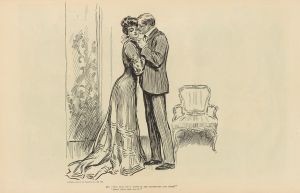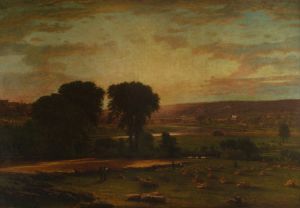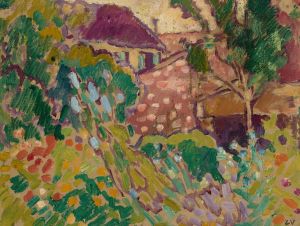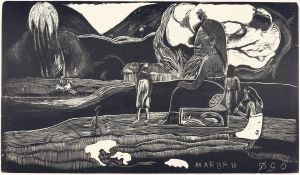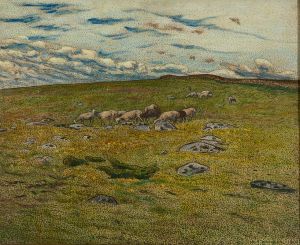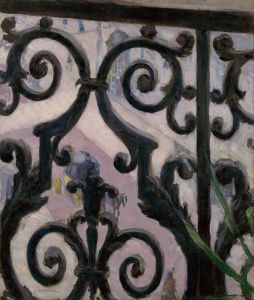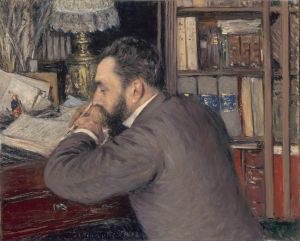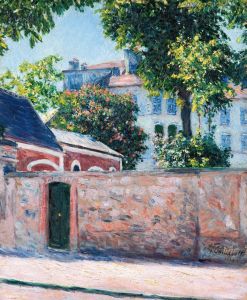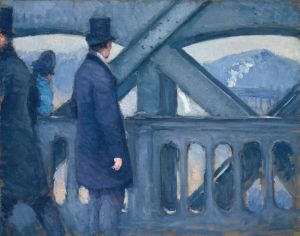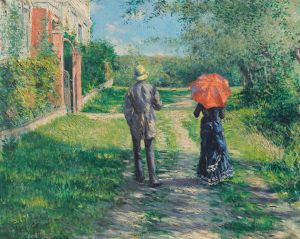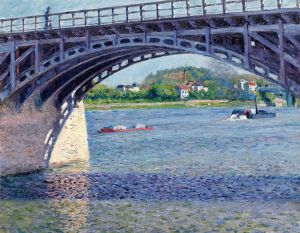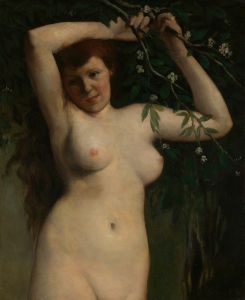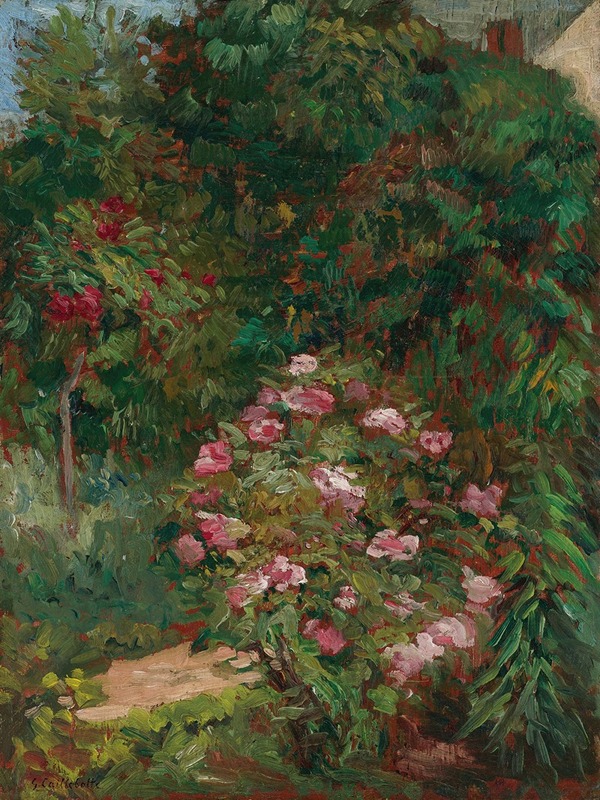
Massif De Fleurs, Jardin Du Petit Gennevilliers
A hand-painted replica of Gustave Caillebotte’s masterpiece Massif De Fleurs, Jardin Du Petit Gennevilliers, meticulously crafted by professional artists to capture the true essence of the original. Each piece is created with museum-quality canvas and rare mineral pigments, carefully painted by experienced artists with delicate brushstrokes and rich, layered colors to perfectly recreate the texture of the original artwork. Unlike machine-printed reproductions, this hand-painted version brings the painting to life, infused with the artist’s emotions and skill in every stroke. Whether for personal collection or home decoration, it instantly elevates the artistic atmosphere of any space.
Gustave Caillebotte (1848–1894) was a French painter and a key figure in the Impressionist movement, known for his detailed and realistic depictions of urban Parisian life and landscapes. One of his lesser-known works is "Massif De Fleurs, Jardin Du Petit Gennevilliers," which translates to "Flower Bed, Garden of Petit Gennevilliers." This painting is part of Caillebotte's exploration of garden scenes, a subject he became increasingly interested in during the latter part of his life.
Caillebotte's interest in horticulture and gardening is well-documented, particularly after he acquired a property in Petit Gennevilliers, a suburb of Paris, in the late 1880s. This location became a significant source of inspiration for his work, as he meticulously designed and cultivated his garden. The garden at Petit Gennevilliers provided a tranquil retreat from the bustling city life of Paris and allowed Caillebotte to explore the interplay of light, color, and nature in a controlled environment.
"Massif De Fleurs, Jardin Du Petit Gennevilliers" captures a section of this carefully curated garden. The painting showcases Caillebotte's keen eye for detail and his ability to render the lushness and vibrancy of blooming flowers. His technique often involved a combination of Impressionist brushwork with a more structured composition, which is evident in this work. The flower bed is depicted with a rich palette, emphasizing the diversity and abundance of plant life, while the play of light and shadow adds depth and dimension to the scene.
Caillebotte's approach to painting gardens was somewhat unique among his Impressionist peers. While artists like Claude Monet also painted gardens, Caillebotte's works often reflect a more structured and orderly aesthetic, possibly influenced by his background in engineering and his interest in photography. This structured approach can be seen in the way he organizes the elements within the painting, providing a sense of balance and harmony.
The painting not only reflects Caillebotte's personal interests but also aligns with the broader Impressionist movement's fascination with capturing fleeting moments and the effects of light. His garden paintings, including "Massif De Fleurs, Jardin Du Petit Gennevilliers," are celebrated for their ability to convey the sensory experience of being in a garden, with an emphasis on color and atmosphere.
Caillebotte's contributions to the Impressionist movement extend beyond his paintings. He was also a significant patron of the arts, supporting fellow Impressionists and helping to organize exhibitions that were crucial to the movement's success. Despite his contributions, Caillebotte's work was somewhat overshadowed by his contemporaries during his lifetime. However, in recent years, there has been a renewed interest in his paintings, and he is now recognized as a vital figure in the development of modern art.
"Massif De Fleurs, Jardin Du Petit Gennevilliers" remains an important piece within Caillebotte's oeuvre, exemplifying his ability to blend realism with Impressionist techniques. It serves as a testament to his passion for both art and gardening, capturing the serene beauty of his personal sanctuary at Petit Gennevilliers.





